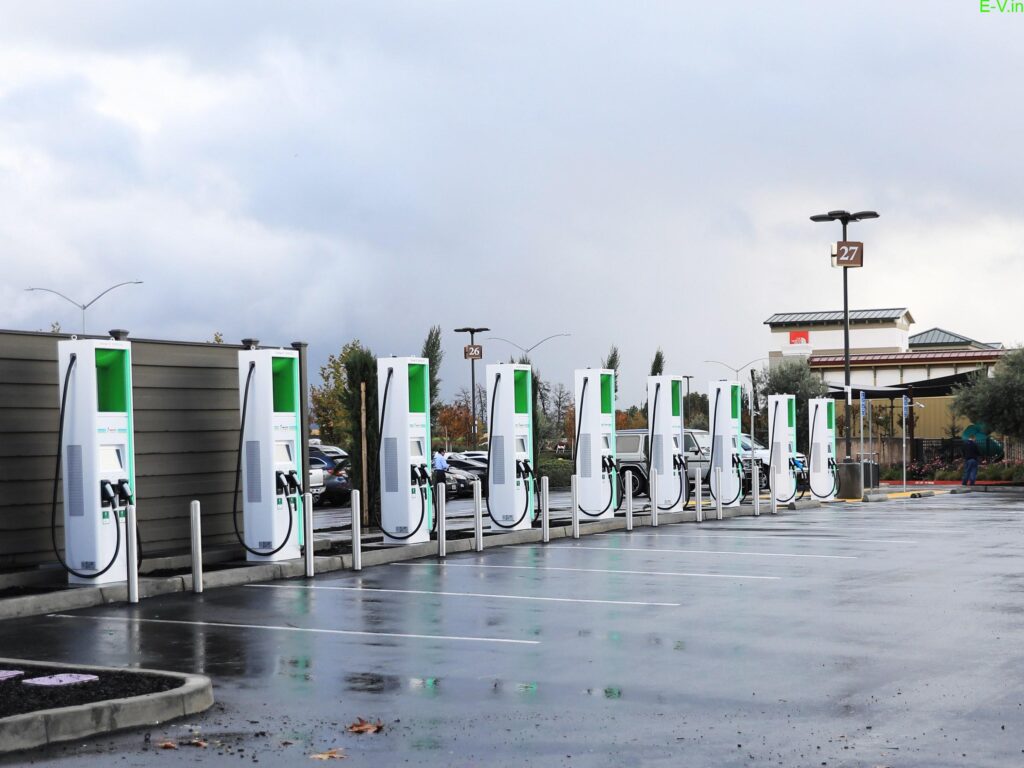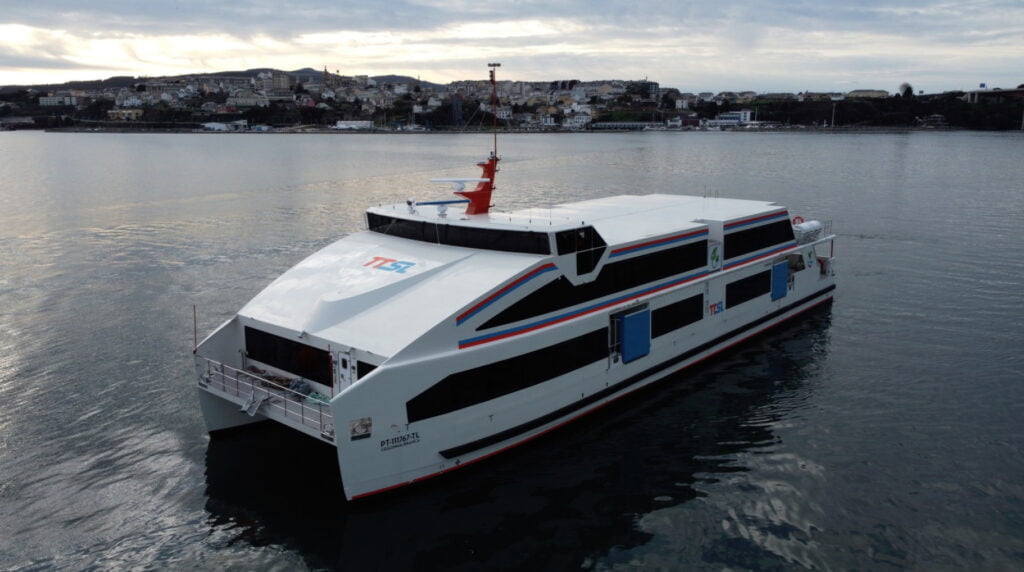Logistics and Material Handling Optimisation Study

In Europe, lithium hard‐rock mineral deposits are located in Portugal, Czechia, Finland, Germany, Spain and Austria. Significant brine resources also exist in Germany. Currently, imports from Australia cover most of the EU’s demand for lithium concentrates, while Chile is by far the EU’s largest supplier of refined lithium compounds. The primary producers are Australia (55%), Chile (26%), China (14%), and Argentina (6%). It is estimated that European resources count for 7% of the world’s total.
According to the US Geological Survey ‐ USGS, Portugal has the largest lithium reserve in Europe, with around 60,000 metric tons of known reserves. However, until now, Portuguese lithium has mainly been used in the ceramics industry to make glassware.
VTM was appointed by a client to provide technical support services for the logistics and material handling study for their conversion plant that is to be located in Portugal and is expected to start its operation in few years. This plant is expected to be Europe’s largest and most sustainable Lithium Conversion Plant.
Different scenarios were examined, with distinct logistics and transport solutions for the plant’s inputs, products and sub‐products, depending on the origins/destination of each element.
Recommendations were provided about the best scenarios for each material handling option, with a qualitative and quantitative cost-benefit comparison matrix to list the vantages and disadvantages of each option. The alternatives were compared with respect to a number of factors, among which are the following:
- Technology development (TRL)
- Safety
- CO2 emissions
- Need for Environmental Permitting
- CAPEX and OPEX
- Time consuming for transport
- System reliability, flexibility, and autonomy/dependency
- Scalability of the solution
- Storage capacity requirements
- Traffic impact on urban roads.
Related case studies
All case studies
Commercial due diligence of an EV charging point operator
VTM was appointed by an infrastructure fund as Commercial Due Diligence Advisor in assessing a potential equity investment in a company specialized in building and operating an infrastructure for charging Electric Vehicles (“EV”) – one of the top players in such market in Italy. The assessment initially required providing an overview of the EV market […]

Cost-Benefit Analysis for the investment in electric vessels
TTSL – Transtejo Soflusa is Lisbon’s metropolitan area public service provider for inland waterway transport across the Tagus River. TTSL is responsible for moving around 16.5 million passengers between the north and the south banks of the capital’s metropolitan area. Transtejo runs three lines (Lisboa-Almada, Lisboa-Seixal and Lisboa-Montijo), with Soflusa running the line between Lisboa […]
